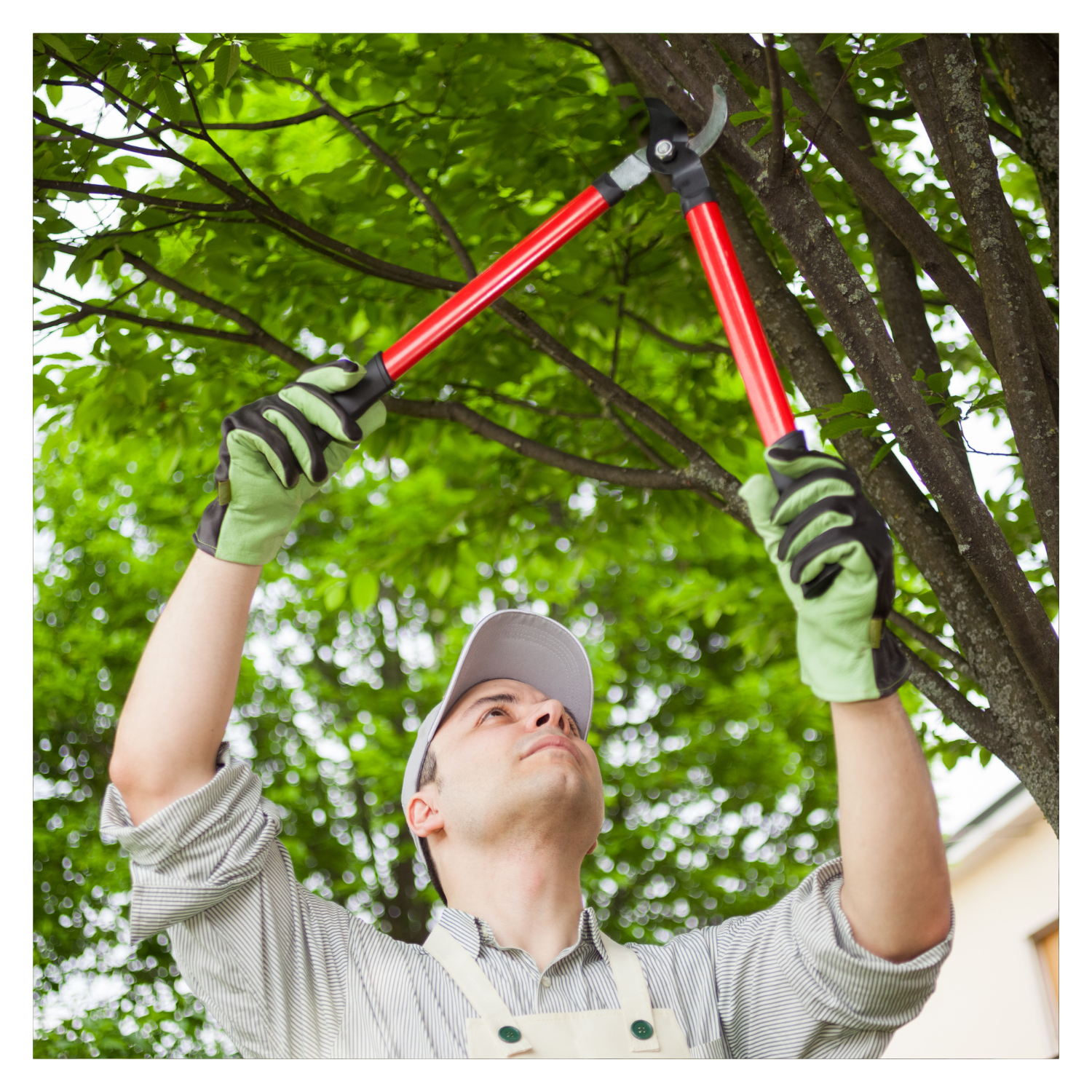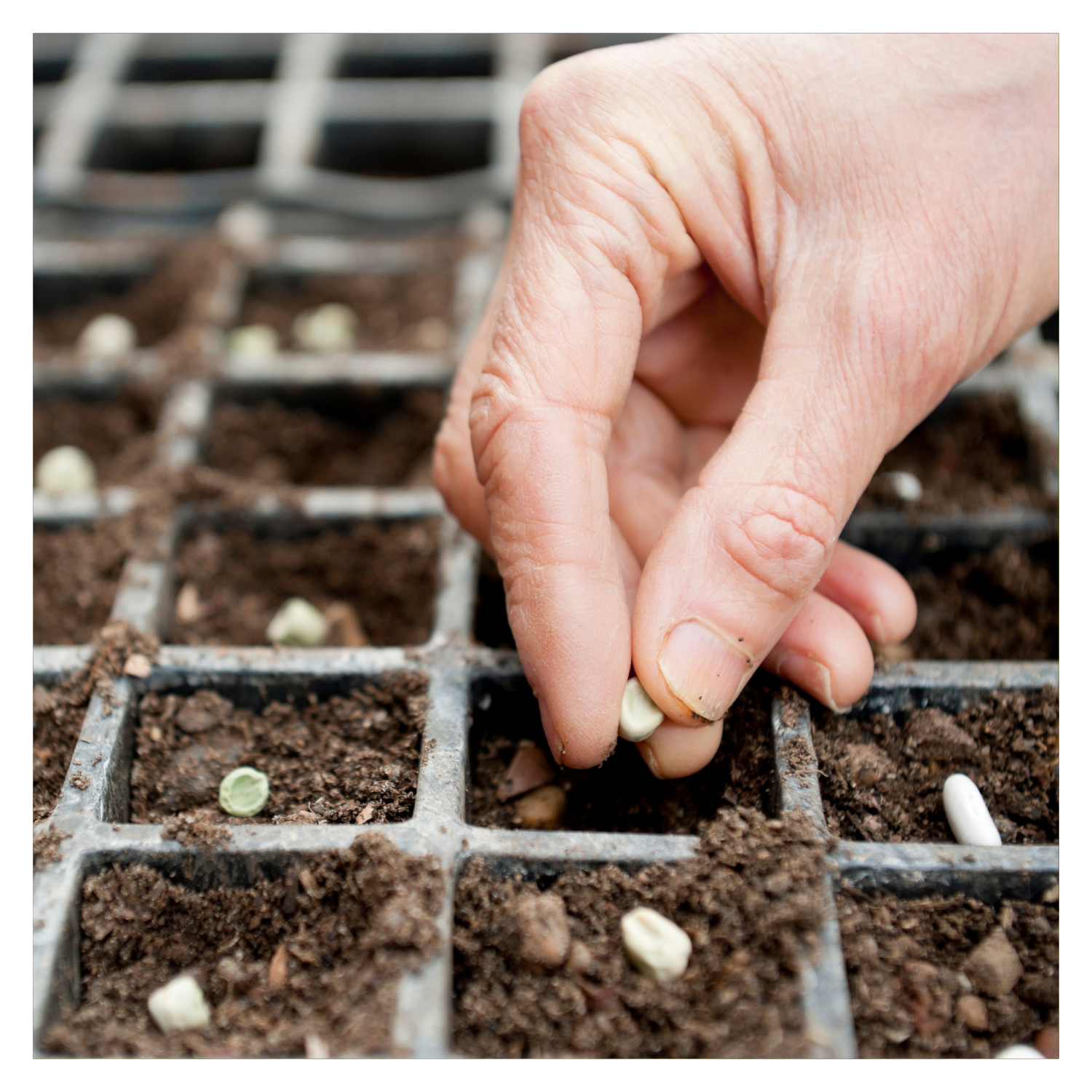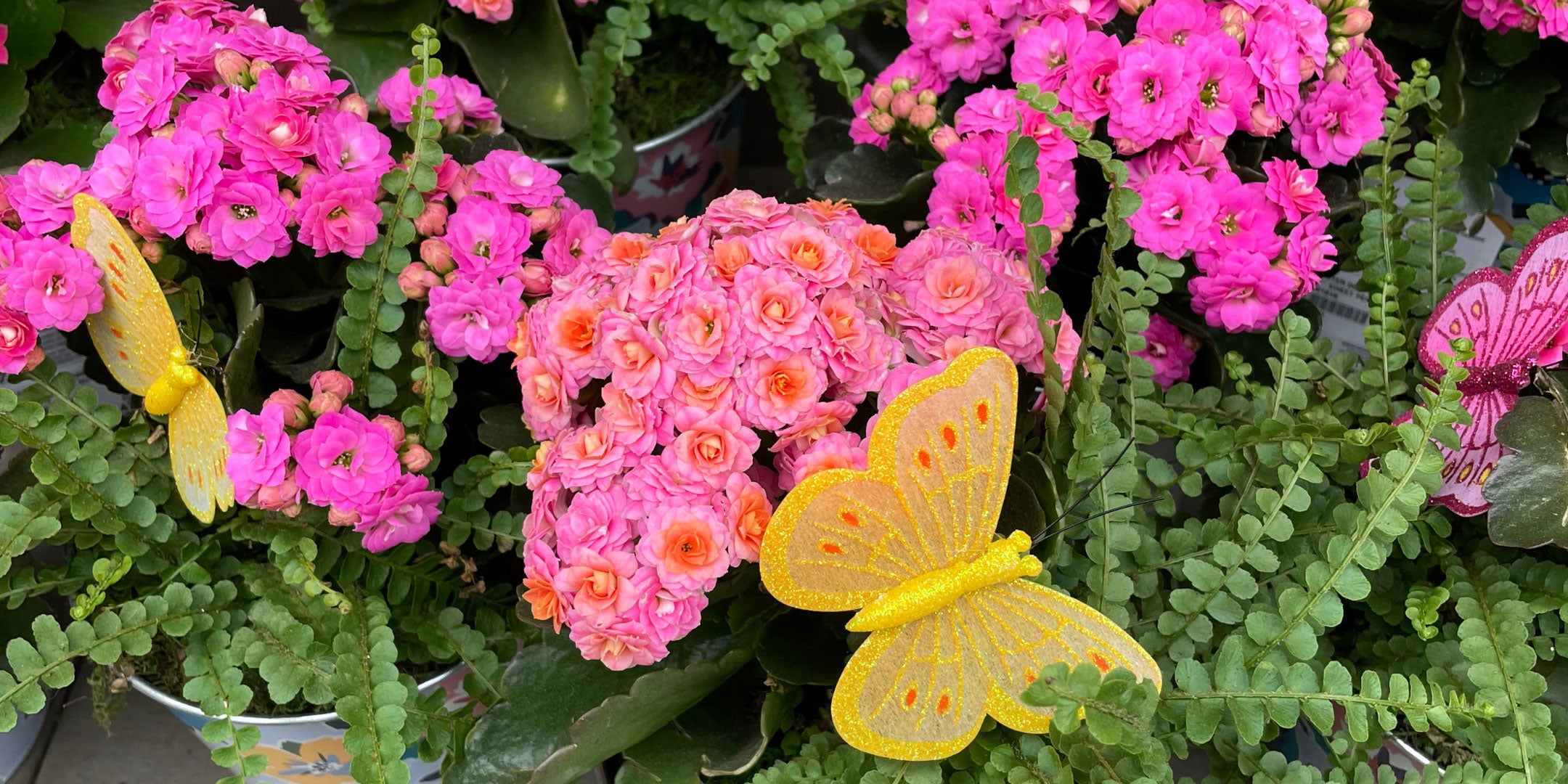Pruning in Late Summer vs Late Fall: A Guide for Gardeners in Sault Ste. Marie, Ontario (Zone 4)
Pruning is essential for maintaining healthy plants, promoting growth, and enhancing aesthetics. In Zone 4, where our winters are long and harsh, understanding when and what to prune is crucial for plant survival and vitality. Let’s explore the differences between late summer and late fall pruning, tips, common questions, and how to avoid common mistakes.
Late Summer Pruning (August to Early September)
Why Prune in Late Summer?
Pruning in late summer helps to encourage healthy growth, remove damaged or diseased branches, and shape plants before they enter dormancy. It's the perfect time to prune certain plants because wounds can heal before winter, reducing the risk of disease.
What to Prune in Late Summer:
- Shrubs that Have Finished Flowering: Prune shrubs like lilacs and hydrangeas after they've finished flowering. Cutting them back at this time allows them to set buds for the next growing season.
- Dead or Damaged Wood: Removing dead, damaged, or diseased branches helps plants redirect their energy toward healthy growth. This also improves air circulation and light penetration.
- Perennials That Need Tidying: Trim back leggy perennials and remove spent flowers to encourage a tidier garden and prevent disease.
- Evergreens: Lightly shape evergreens like boxwoods or cedars, but avoid heavy pruning, as this can leave them vulnerable to winter damage.
Important Tip:
- Never prune more than 1/3 of the overall growth of a shrub at one time. Over-pruning can stress the shrub and lead to permanent damage or stunting of its growth.
Tips for Late Summer Pruning:
- Prune on a Dry Day: This minimizes the spread of disease.
- Sharp Tools Are Key: Dull tools can cause ragged cuts, which take longer to heal and can invite pests or disease.
- Watch for Over-Pruning: Don’t remove too much. Late summer pruning should be light to avoid stimulating new growth that won’t harden off before winter.
Common Questions:
- Can I prune roses in late summer? Yes, you can lightly prune roses to remove spent blooms, but avoid heavy pruning until late winter or early spring.
- Is late summer a good time to prune fruit trees? It's better to wait until late winter or early spring for major fruit tree pruning. In late summer, focus on removing damaged or diseased branches.
Late Fall Pruning (Late October to Early November)
Why Prune in Late Fall?
Late fall pruning focuses on preparing plants for winter. As plants enter dormancy, they are less susceptible to stress, making it the perfect time for heavier pruning. However, in Zone 4, timing is critical—prune too late, and you risk winter damage; prune too early, and you might encourage new growth.
What to Prune in Late Fall:
- Deciduous Trees: Once the leaves have fallen, you can safely prune trees like maples and oaks. Dormant pruning reduces the risk of disease and encourages strong spring growth.
- Fruit Trees: After the leaves drop and before the first hard freeze, prune apple, pear, and cherry trees to shape them and remove weak branches.
- Shrubs that Bloom on New Wood: Prune shrubs like butterfly bushes and potentilla in late fall. These plants bloom on new wood, so fall pruning encourages vigorous spring growth.
- Dead and Diseased Wood: Late fall is a good time to remove dead or diseased branches from trees and shrubs that might harbor pests over the winter.
Tips for Late Fall Pruning:
- Wait for Dormancy: Ensure that trees and shrubs have gone dormant before pruning. Look for leaf drop as a sign of dormancy.
- Avoid Pruning Spring-Flowering Shrubs: These should be pruned right after they flower in spring, as they set buds in the previous season.
-
Seal Larger Cuts: Consider using pruning sealant on larger cuts to protect them from winter damage and disease.
Common Questions:
- Should I prune my hydrangeas in the fall? It depends on the type of hydrangea. For those that bloom on new wood, like ‘Annabelle,’ late fall pruning is fine. For others, wait until after they bloom next year.
- Is late fall pruning necessary for all plants? No. Some plants, like perennials, benefit from being left alone until spring, as their dead foliage can protect the roots over winter.
Common Mistakes to Avoid:
- Pruning Too Late in Fall: If you prune too close to winter, plants may not have time to heal before the frost hits, which can lead to winter injury.
- Pruning the Wrong Plants in Fall: Avoid pruning spring-flowering shrubs and perennials that benefit from being left intact over winter.
- Over-Pruning Evergreens: Evergreens are best left alone after summer, as winter damage is more likely if they’re heavily pruned in the fall.
- Stimulating New Growth: Pruning too heavily in late summer can encourage tender new growth that won’t survive the winter.
Final Thoughts
Pruning is an essential part of garden maintenance, but timing is everything—especially in Sault Ste. Marie’s Zone 4. Knowing what to prune in late summer vs. late fall will help your garden thrive year after year. Remember, late summer pruning should be light and focused on tidying up, while late fall pruning is ideal for shaping and removing dead wood as plants enter dormancy. Just be sure to never remove more than 1/3 of a shrub’s overall growth to avoid unnecessary stress and damage. Happy gardening!




